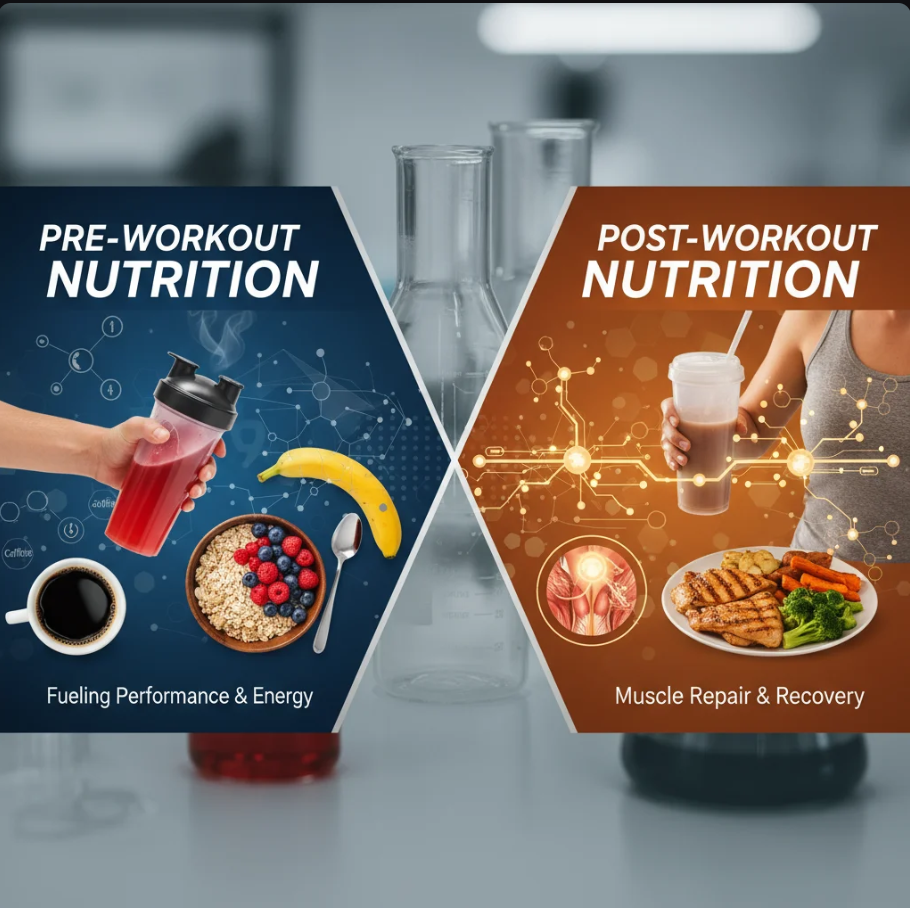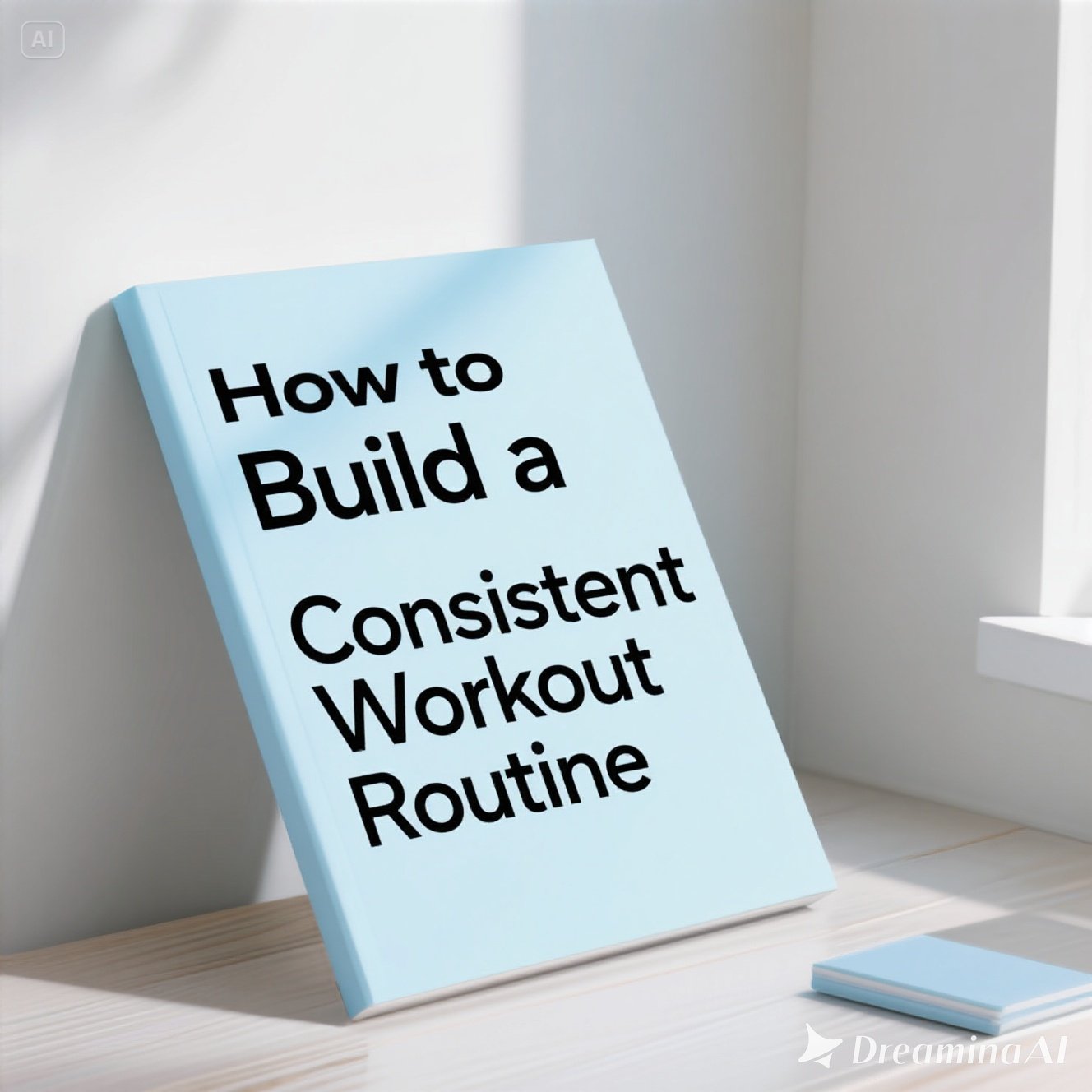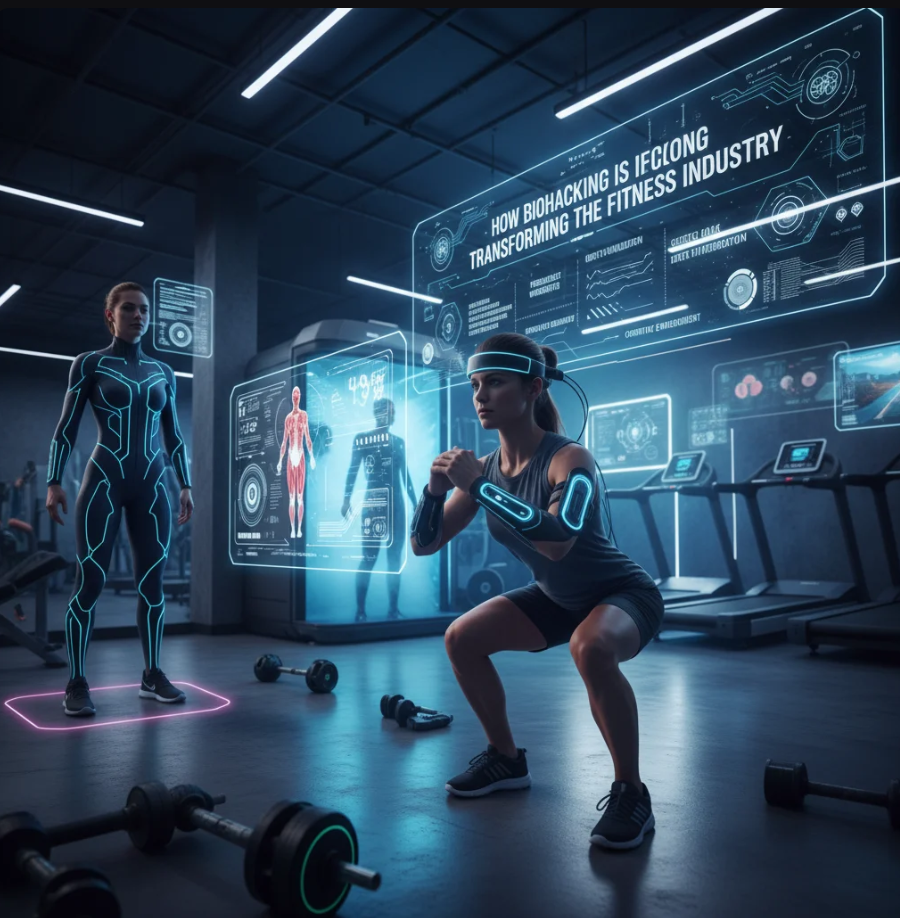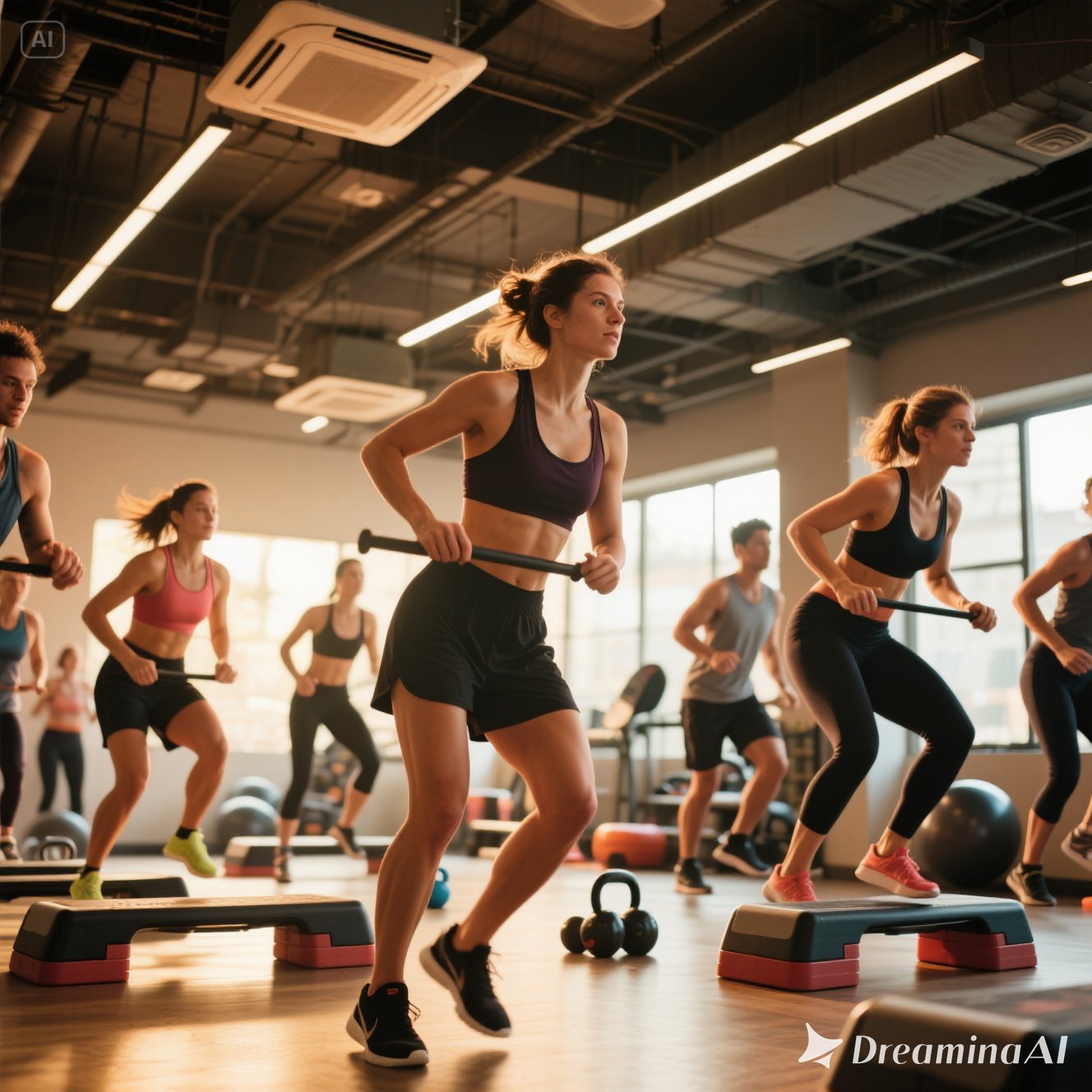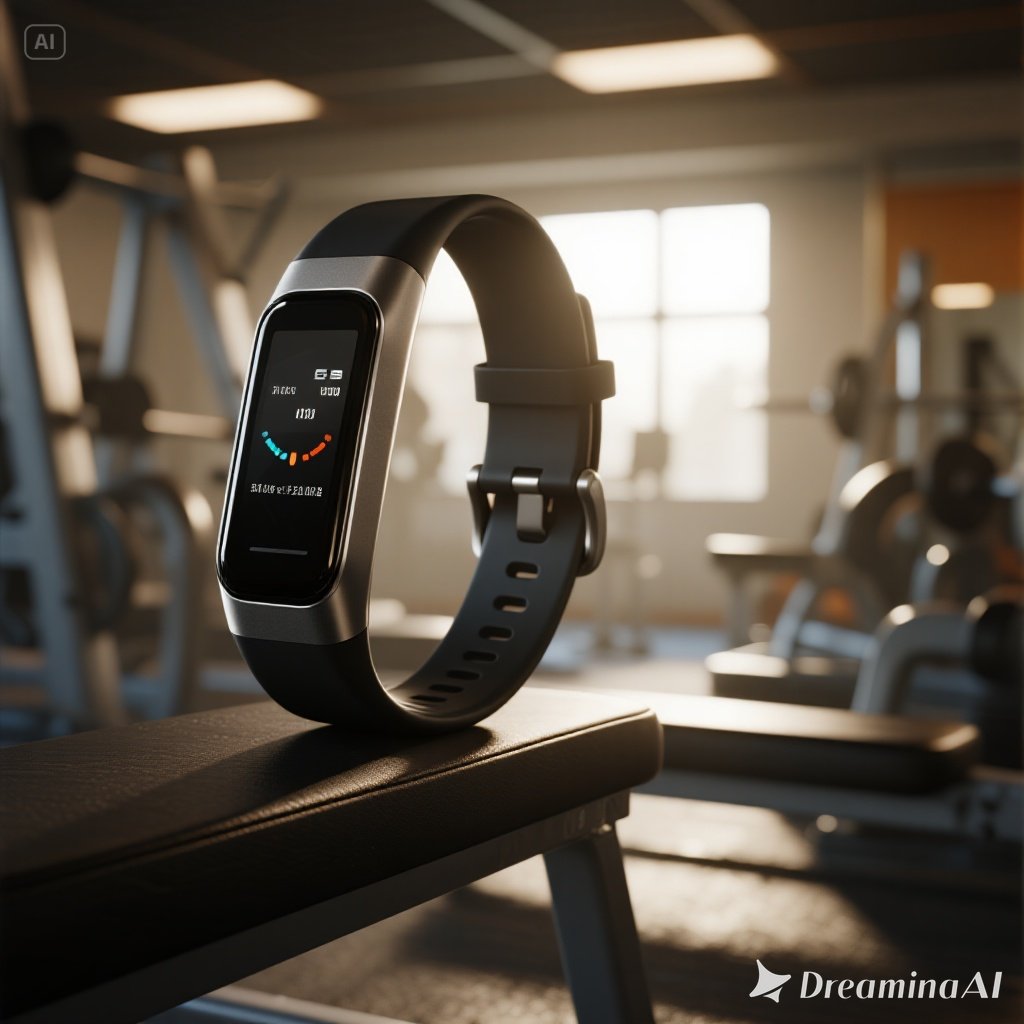Discover how micro-workouts — short, high-intensity sessions under 10 minutes — deliver big fitness results. Learn the science and simple strategies to fit exercise into any day
In today’s fast-paced world, finding time for a full-length gym session can feel impossible. Between work, commuting, and endless digital distractions, fitness often becomes the first casualty of a busy schedule.
But a new movement is changing that: micro-workouts — short, intense bursts of exercise that promise maximum results in minimal time.
From 5-minute HIIT sessions to quick “desk stretches” or stair sprints, micro-workouts are redefining how we think about health. The message is simple:
“Consistency beats duration.”
1. What Are Micro-Workouts?
Micro-workouts are short exercise sessions, typically lasting under 10 minutes, performed multiple times throughout the day.
They focus on intensity and frequency rather than long-duration endurance.
Instead of one 60-minute workout, you might do:
- 3 minutes of push-ups before breakfast,
- 5 minutes of squats at lunch,
- and a 7-minute HIIT before bed.
The total daily effort is small — but the accumulated benefits are surprisingly large.
2. The Science Behind Short-Duration Training
a. Efficiency Through Intensity
Studies from the Journal of Physiology show that short bursts of high-intensity movement can match or exceed the benefits of moderate long-duration workouts — improving cardiovascular health, metabolism, and muscular strength.
b. The After-Burn Effect (EPOC)
Short, explosive sessions trigger Excess Post-Exercise Oxygen Consumption, where your body continues burning calories even after you stop.
So even a 7-minute session can keep your metabolism elevated for hours.
c. Neural and Hormonal Response
Micro-workouts stimulate dopamine and endorphin release more frequently, helping reduce stress, sharpen focus, and enhance mood throughout the day — perfect for modern professionals juggling multiple roles.
3. Why Micro-Workouts Are Gaining Popularity
a. Time Accessibility
No more “I don’t have time.”
Micro-workouts fit seamlessly between meetings, commutes, or household chores. You can exercise literally anywhere — no gym required.
b. Digital Fitness Evolution
Apps, smartwatches, and fitness trackers now offer on-demand micro-sessions that adapt to your energy, mood, or available time.
For example, Apple Fitness+, Fitbod, and Centr provide 5- to 10-minute guided sessions targeting different goals.
c. Work-From-Home Lifestyle
As remote work reshapes routines, micro-workouts counter the dangers of sedentary behavior — offering a burst of movement between video calls or while your coffee brews.
d. Mental and Physical Reset
A few minutes of physical movement helps break cognitive fatigue, boost creativity, and regulate stress hormones — making micro-workouts not just physical, but also mental fitness tools.
4. Small Sessions, Big Results: What the Research Says
- A 2024 study from the British Journal of Sports Medicine found that three 5-minute daily workouts improved cardiovascular fitness as effectively as one 30-minute session.
- The American Heart Association confirmed that even short bouts of moderate activity, if accumulated to 150 minutes per week, significantly reduce heart-disease risk.
- Neuroscientists from the University of Western Ontario discovered that micro-sessions of aerobic activity improved brain plasticity and learning performance in adults.
In short: frequency > duration.
Your body responds to how often you move, not how long you suffer.
5. Practical Ways to Implement Micro-Workouts
a. The 60-Second Rule
Every hour, do 1 minute of movement — squats, jumping jacks, push-ups, or stair climbs.
It adds up to 10–15 minutes of exercise daily without any planning.
b. Snack-Size Training
Treat micro-workouts like “fitness snacks.”
Do 5 minutes after every meal to aid digestion and blood-sugar control.
c. Use Technology
Set reminders or use wearables to track movement streaks.
Gamify your workouts — celebrate consistency, not completion time.
d. Mix It Up
Alternate cardio (burpees, sprints) with strength (planks, squats) and mobility (yoga flows, stretches).
Variety keeps the routine engaging and sustainable.
6. The Psychological Advantage
Traditional gym programs often lead to guilt when skipped.
Micro-workouts replace guilt with momentum.
Each session is a tiny victory, reinforcing consistency and self-efficacy — both critical for long-term habit formation.
Moreover, neuroscientists note that short, frequent physical activity improves executive function, the brain’s ability to plan and stay motivated.
So these mini-sessions don’t just train your body — they rewire your mind for discipline.
7. The Future of Fitness: Micro + Smart + Personal
The next wave of fitness innovation blends AI personalization and biometric feedback.
Smart devices will:
- Suggest micro-sessions based on your fatigue level,
- Track heart-rate variability to time optimal training windows,
- and use motion sensors to assess form in real time.
In other words, fitness is moving from macro-plans to micro-moments of precision.
Conclusion
The rise of micro-workouts reflects a broader shift in how we define health and productivity.
It’s no longer about spending hours at the gym — it’s about making movement a natural part of your day.
With just a few minutes of intentional activity sprinkled throughout the day, you can build strength, improve mental clarity, and boost longevity.
Because in the end, fitness isn’t measured by time spent — but by how consistently you choose to move.
Recommend :

